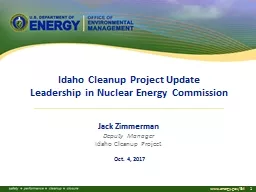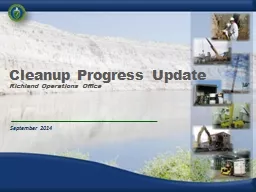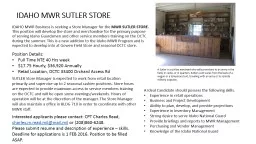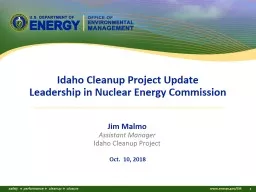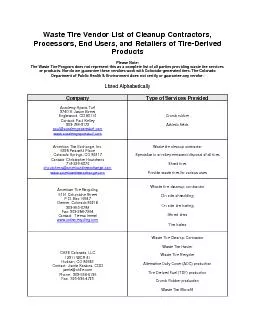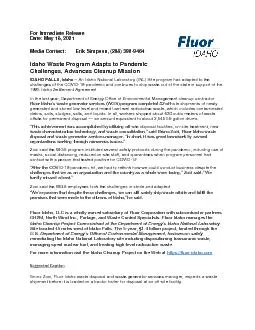PPT-Idaho Cleanup Project Update
Author : stefany-barnette | Published Date : 2018-03-10
Leadership in Nuclear Energy Commission Jack Zimmerman Deputy Manager Idaho Cleanup Project Oct 4 2017 Stored Transuranic Waste Status As noted in our April
Presentation Embed Code
Download Presentation
Download Presentation The PPT/PDF document "Idaho Cleanup Project Update" is the property of its rightful owner. Permission is granted to download and print the materials on this website for personal, non-commercial use only, and to display it on your personal computer provided you do not modify the materials and that you retain all copyright notices contained in the materials. By downloading content from our website, you accept the terms of this agreement.
Idaho Cleanup Project Update: Transcript
Download Rules Of Document
"Idaho Cleanup Project Update"The content belongs to its owner. You may download and print it for personal use, without modification, and keep all copyright notices. By downloading, you agree to these terms.
Related Documents

